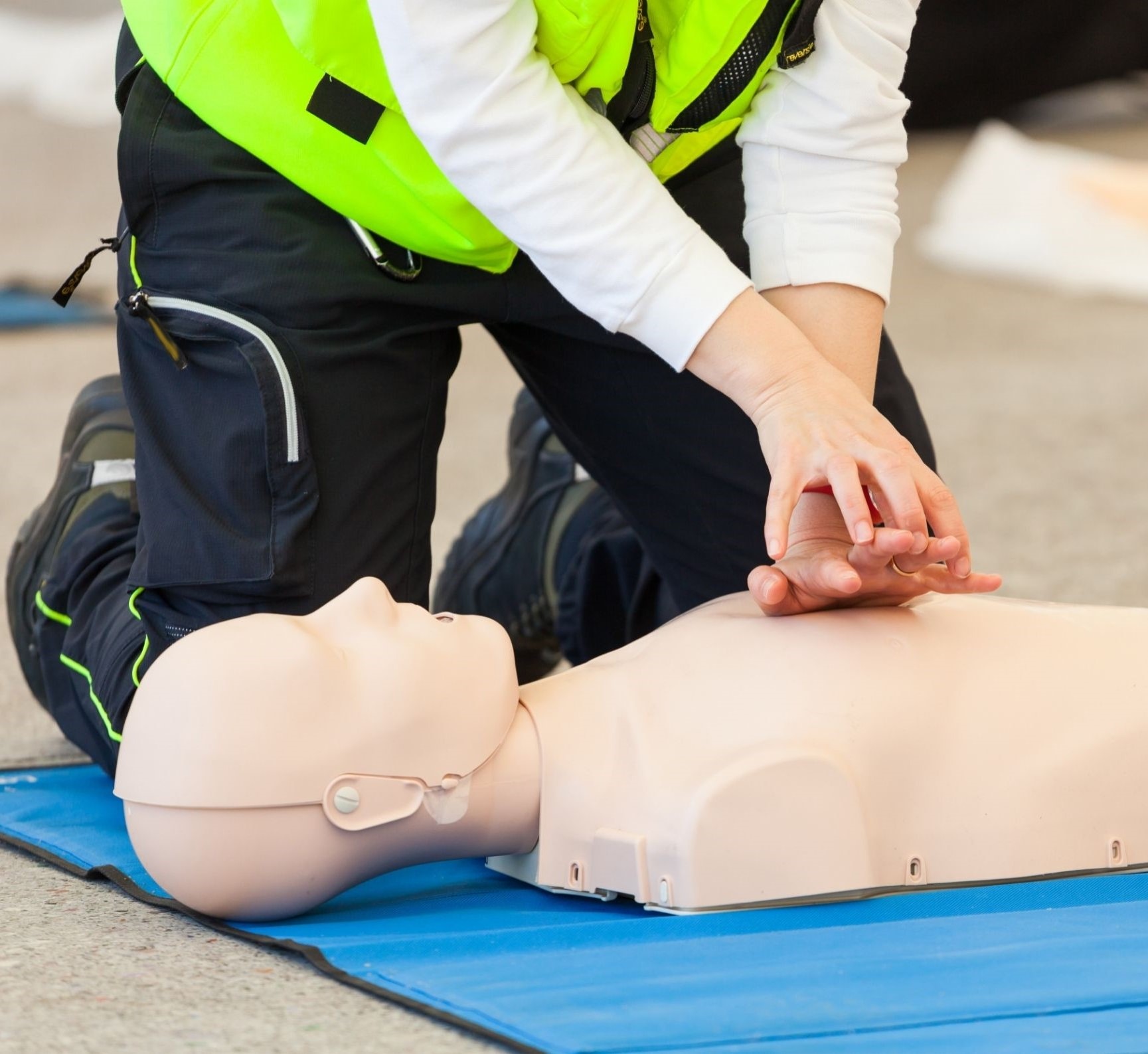Introduction
In our hectic globe, emergencies can strike without warning. Whether it's a minor injury, a clinical emergency situation, or a life-threatening scenario, understanding how to give first aid can make all the difference. This is where a First Help course enters into play. Many people may question what they can gain from such training, and this short article aims to shed light on that.
By register in a First Help and mouth-to-mouth resuscitation course, you don't just discover bandaging injuries or carrying out CPR; you outfit on your own with very useful abilities that could save lives. So, what exactly will you find out in a thorough program? Allow's dive into the details.
First Help Fundamentals: What You'll Discover in an Extensive Course
Understanding Initial Aid
What is Initial Aid?
First aid refers to the preliminary assistance offered to someone suffering from an injury or illness up until expert medical aid gets here. It encompasses various techniques and abilities ranging from straightforward injury care to lifesaving strategies like mouth-to-mouth resuscitation (Cardiopulmonary Resuscitation).
Importance of First Aid Training
Why Must You Take a First Aid Course?
Taking a First Help course is vital for numerous reasons:
- Confidence: Understanding just how to react in emergency situations can instill confidence. Life-Saving Abilities: The capability to do mouth-to-mouth resuscitation or aid with choking can conserve lives. Career Innovation: Several occupations need accreditation in initial aid. Community Responsibility: Learning ways you can assist others effectively.
Overview of CPR
What is CPR?

CPR, or Cardiopulmonary Resuscitation, is an emergency procedure performed when somebody's heart beat or breathing has quit. It combines upper body compressions with rescue breaths to preserve blood flow and oxygenation till specialist help arrives.
The Framework of a Comprehensive Emergency Treatment Course
What Does an Emergency treatment Course Include?
A well-shaped First Aid and mouth-to-mouth resuscitation course commonly covers the following topics:
Introduction to First Aid Legal and Honest Considerations Scene Safety Basic Life Support (BLS) CPR Techniques Choking Relief Wound Treatment Management Burn Treatment Managing Shock Recognizing Medical Emergencies Using an Automated External Defibrillator (AED)Legal Facets of First Aid
Are There Legal Effects Associated With Offering First Aid?
Yes, providing emergency treatment does carry lawful duties referred to as "Good Samaritan laws." These laws secure people who aid others in emergency situations, gave their activities are sensible and not reckless.
Scene Security: The First Step
How Do You Make certain Scene Safety?
Ensuring scene safety includes analyzing the atmosphere before approaching the sufferer:
- Look for potential hazards (web traffic, fire). Make certain it's risk-free for both you and the victim.
Basic Life Assistance (BLS)
What Role Does BLS Play in Emergency Situations?
Basic Life Assistance includes the principles of maintaining life functions till additional medical help shows up. This area covers crucial skills such as:
- Checking responsiveness Activating emergency situation services Performing top notch breast compressions
Advanced CPR Techniques
What Are Advanced Techniques Covered in Mouth-to-mouth Resuscitation Courses?
Advanced strategies might include:
- Two-rescuer CPR Use of obstacle devices for rescue breaths Special factors to consider for infants and children
Choking Relief Techniques
How Do You Assist Somebody Who is Choking?
Choking alleviation entails two critical methods:
The Heimlich maneuver for adults. Back blows and upper body thrusts for infants.Wound Care Management
How Do You Appropriately Take Care Of Wounds?
Effective injury monitoring involves:

- Cleaning the injury with saline or tidy water. Applying antibiotic ointment. Covering it with sterilized dressings.
Burn Treatment
What Work Techniques for Treating Burns?
Burn therapy differs by degree:
Cool the shed under running water. Cover it with non-stick dressings. Seek clinical interest for serious cases.Managing Shock
How Is Shock Identified and Treated?
Recognizing shock consists of seeking signs and symptoms like light skin, rapid pulse, or complication:
Lay the person down. Elevate their legs unless there are injuries avoiding this. Keep them soothe till assistance arrives.Recognizing Clinical Emergencies
What Types of Medical Emergencies Ought To You Know Of?
Common medical emergencies include:
- Heart assaults Stroke Severe allergies Recognizing these conditions helps you act quickly.
Using an Automated External Defibrillator (AED)
How Do You Use an AED Correctly?
Using an AED involves turning it on, connecting pads according to pictures on the device, and following voice triggers carefully.
Importance of Continuous Learning
Why Is Continuous Learning Important in Emergency Treatment Training?
Continuous understanding guarantees you remain updated on best techniques and brand-new methods in first aid care.
FAQs About First Aid Courses
What Is Included in a Standard First Aid Course?- A conventional course commonly covers fundamental life assistance, injury administration, choking alleviation strategies, and lawful considerations.
- Most courses vary from 6 hours to 16 hours depending upon the deepness of material covered.
- Yes, upon effective completion of many training courses, individuals get a first aid certificate, which is normally valid for two years.
- Yes! Lots of organizations provide on the internet courses that provide versatile understanding environments while still being effective.
- Absolutely! Hands-on technique is important for mastering skills like chest compressions and making use of AEDs effectively.
- Generally, there are no age limitations; nevertheless, individuals have to be mentally competent to find out these life-saving abilities effectively.
Conclusion
Enrolling in a comprehensive first aid course gears up individuals with crucial knowledge that can conserve lives during emergencies-- whether at home, job, or out in public spaces! From comprehending standard life assistance treatments such as CPR to finding out just how to handle injuries effectively or acknowledge indicators of shock-- these courses provide very useful training that anyone can benefit from!
As we navigate via our daily lives filled with unpredictability-- what much better way than preparing CPR Course Canberra ourselves via expertise obtained from structured training sessions focused on conserving lives?
In verdict-- if you're contemplating occupying any type of type of first-aid training-- never ever hesitate! Outfit yourself today with these effective devices because preparedness really makes all the distinction when every 2nd counts!
